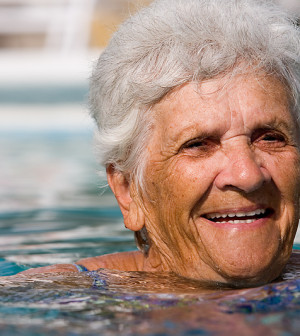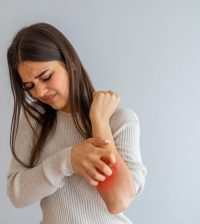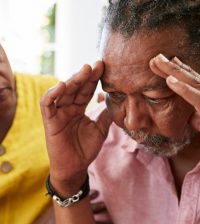- Tea and Coffee May Help Protect You From Some Cancers
- Too Much Acetaminophen Could Harm Seniors’ Health
- Last Year’s Platinum-Based Drugs Shortage Didn’t Raise Cancer Deaths, Study Found
- Autism Tops List of Worldwide Youth Health Issues
- Dancing Helps People With Parkinson’s In More Ways Than One
- Flu Cases Start to Surge as Americans Prepare for Holiday Gatherings
- GLP-1 Zepbound Is Approved As First Drug For Sleep Apnea
- Feeling Appreciated by Partner is Critical for Caregiver’s Mental Health
- Chatbot “Brains” May Slow with Age
- More of America’s Pets Are Overdosing on Stray Coke, Meth
Easy-to-Walk Communities Linked to Sharper Senior Minds


Living in easy-to-walk communities may slow mental decline in older adults, according to a small study.
The research included 39 older adults with no thinking or memory problems and 25 older adults with mild Alzheimer’s disease. Over two years, the participants were given a series of tests to assess mental skills such as attention and memory.
By the end of the study, those who lived in easy-to-walk communities had better outcomes both in physical health — such as lower body fat and blood pressure — and in mental skills.
However, the study wasn’t designed to prove that living in an easy-to-walk community was a direct cause of the better outcomes. The study only showed an association between the exercise-friendly neighborhoods and potentially improved physical and mental health.
Still, these findings could prove useful for older adults, caregivers, health care providers, architects and urban planners, according to study author Amber Watts, an assistant professor of clinical psychology at the University of Kansas in Lawrence.
“People can walk either to get somewhere or for leisure,” she noted in a university news release.
“Depending on which type of walking you’re interested in, a neighborhood might have different characteristics. Features of a neighborhood that encourage walking for transportation require having someplace worth walking to, like neighbors’ houses, stores and parks,” Watts explained.
For leisure walking, neighborhoods should have features such as walking trails and shade trees, and provide a feeling of security.
“For older adults, safety is a key issue in walkability. That includes things like traffic lights that give ample time to cross, sidewalks that are in good repair, and benches to stop and rest,” Watts said.
Watts recently presented the study results at the annual meeting of the Gerontological Society of America in Washington, D.C. Research presented at meetings should be considered preliminary until published in a peer-reviewed journal.
More information
The U.S. National Institute on Aging has more about exercise and physical activity.
Source: HealthDay
Copyright © 2024 HealthDay. All rights reserved.









